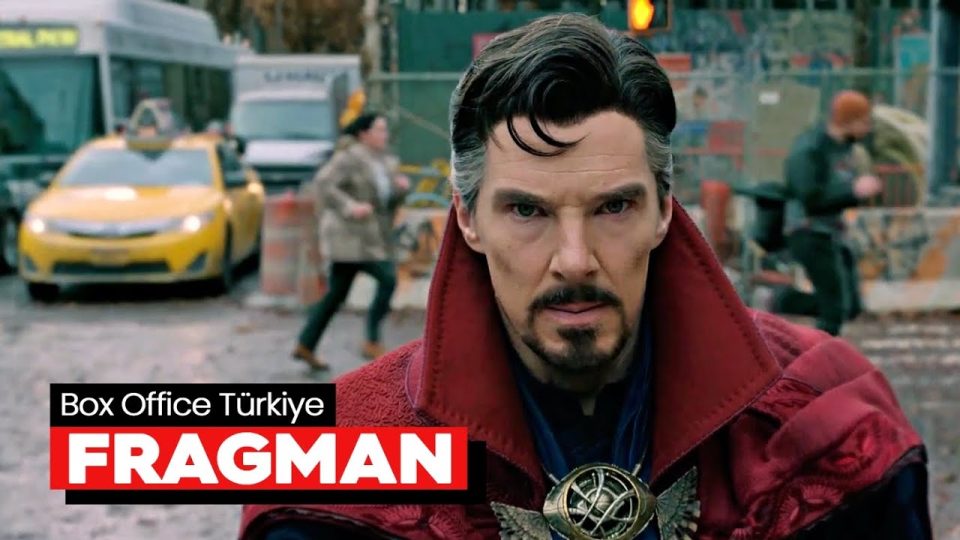The Weimar period, from 1918 to 1933, was a time of great cultural and artistic innovation in Germany, and cinema played an important role in shaping the nation’s cultural landscape. German cinema during the Weimar period is known for its bold experimentation, technical innovation, and its exploration of themes that reflected the social and political context of the time.
One of the major themes of Weimar cinema was a fascination with modernity and the city. Filmmakers like Fritz Lang, Walter Ruttmann, and Robert Wiene used innovative cinematography and editing techniques to capture the energy and chaos of the urban environment. Ruttmann’s “Berlin: Symphony of a Great City” is a classic example of this, using montage techniques to create a visual portrait of Berlin over the course of a single day.
Another important theme was the depiction of the changing roles of women in German society. The Weimar period saw a significant shift in gender roles, with women entering the workforce and participating more fully in public life. Films like G.W. Pabst’s “Pandora’s Box” and “The Joyless Street” explored the challenges faced by women in this changing social landscape.
Weimar cinema also tackled issues of class and poverty, with directors like Georg Wilhelm Pabst and Josef von Sternberg creating powerful dramas that exposed the struggles of working-class Germans. Pabst’s “The Threepenny Opera” and von Sternberg’s “The Blue Angel” are both masterpieces of Weimar cinema that explore the harsh realities of life on the fringes of society.
One of the most innovative aspects of Weimar cinema was its use of new techniques like expressionism and surrealism. Films like “The Cabinet of Dr. Caligari” and “Nosferatu” used bold, highly stylized visuals to create unsettling, dreamlike worlds that reflected the anxieties of a society still reeling from the trauma of World War I.
Despite the many challenges facing Weimar cinema, including political censorship and economic instability, filmmakers continued to push the boundaries of the medium, exploring new techniques and themes that reflected the changing face of German society. In the end, Weimar cinema remains an important chapter in the history of German culture and art, and a testament to the resilience of the human spirit in the face of adversity.












